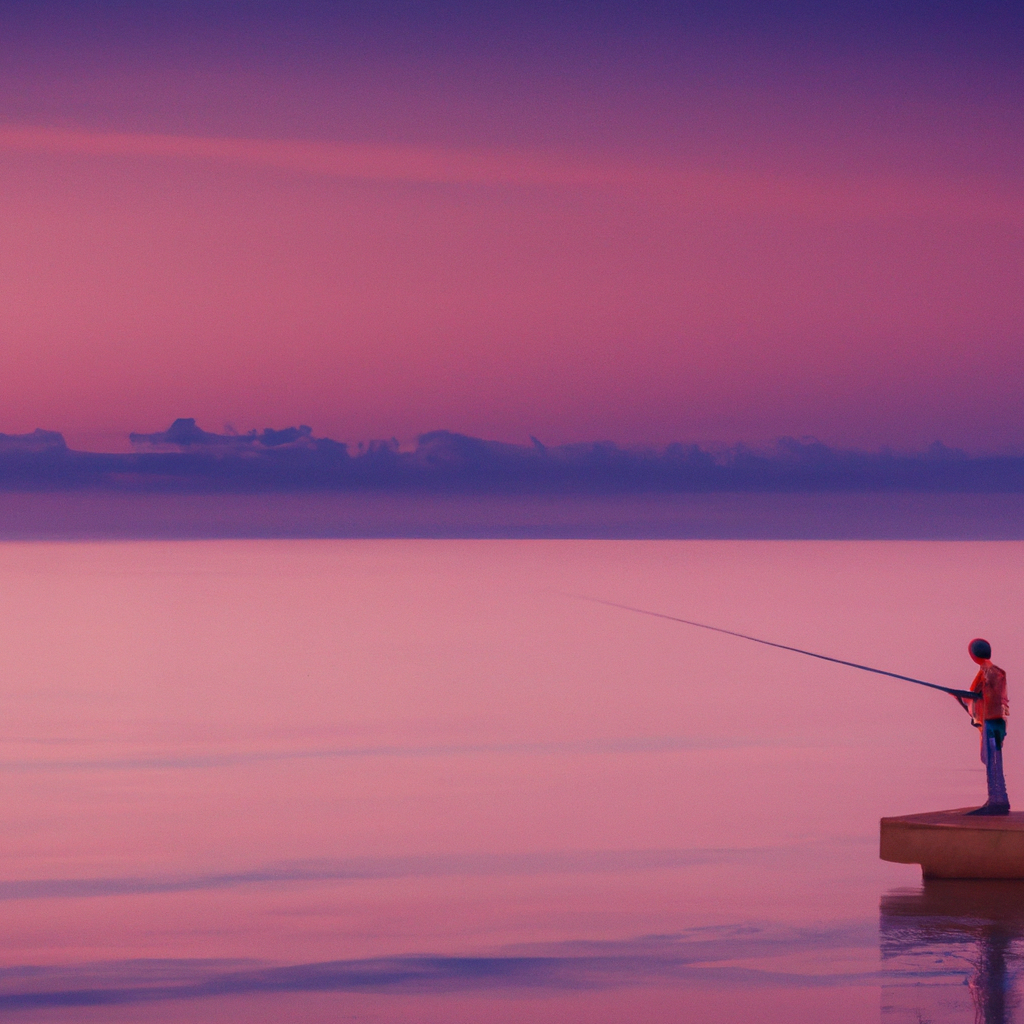Are you tired of coming home empty-handed after a day of fishing for tarpon? Well, fret no more, my friend!
Imagine this: it’s early morning, the sun is just peaking over the horizon, and you cast your line into the calm waters. Suddenly, a massive tarpon takes the bait, putting up a thrilling fight.
This adrenaline-pumping scenario can become your reality if you know the best times to fish for tarpon. In this article, we’ll explore the prime times of day when tarpon are most active and ready to strike.
Morning: Prime Time for Tarpon Fishing
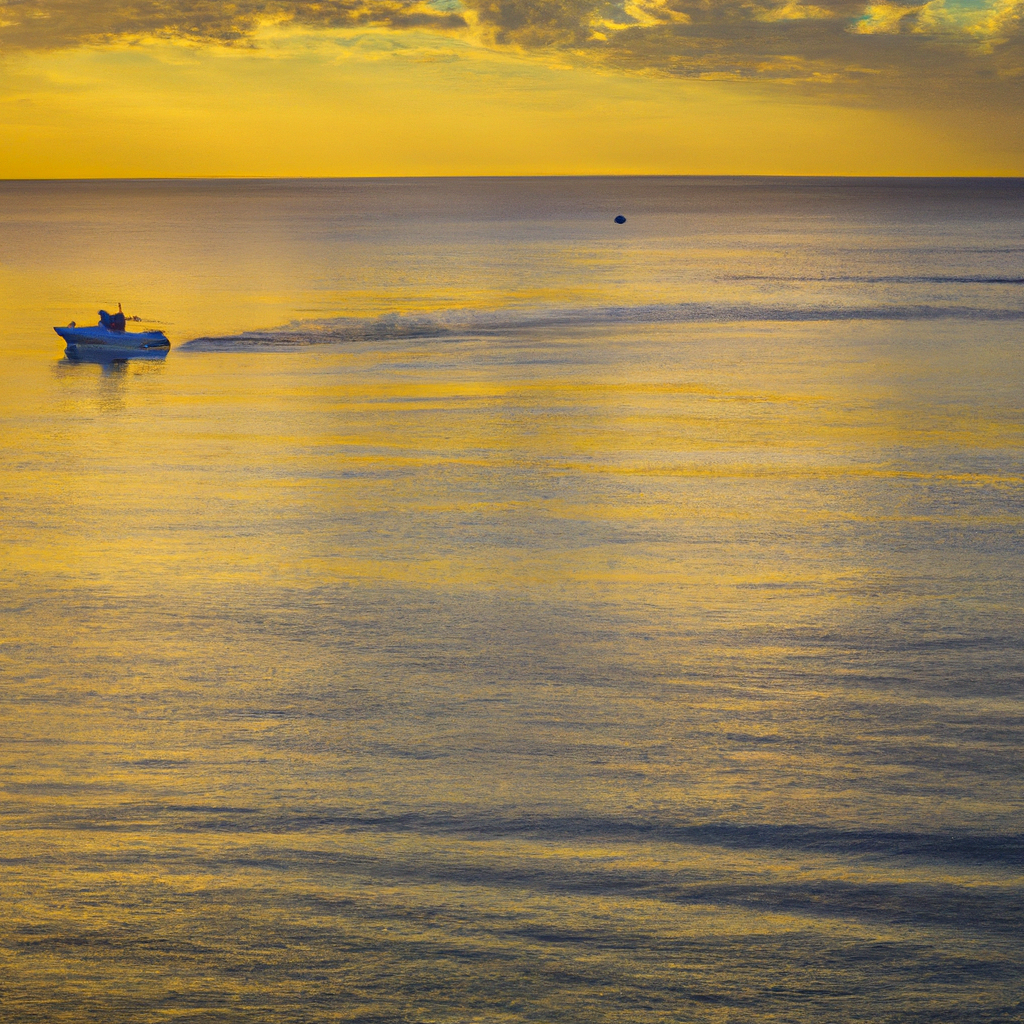
If you want to catch the most tarpon, you should head out in the morning. Mornings are considered prime time for tarpon fishing due to their natural feeding habits and the tarpon migration patterns. Tarpon are known to be more active during the early hours of the day, making it easier to entice them with bait.
During the morning, tarpon tend to congregate in certain areas as they navigate their migration routes. This makes it easier for anglers to target these locations and increase their chances of success.
When it comes to bait selection, live bait such as mullet, crabs, and shrimp are highly effective in attracting tarpon during the morning hours. The combination of the tarpon’s feeding behavior and the strategic use of bait makes morning fishing the ideal time to pursue these magnificent creatures.
Afternoon: Capitalizing on Tarpon Feeding Patterns
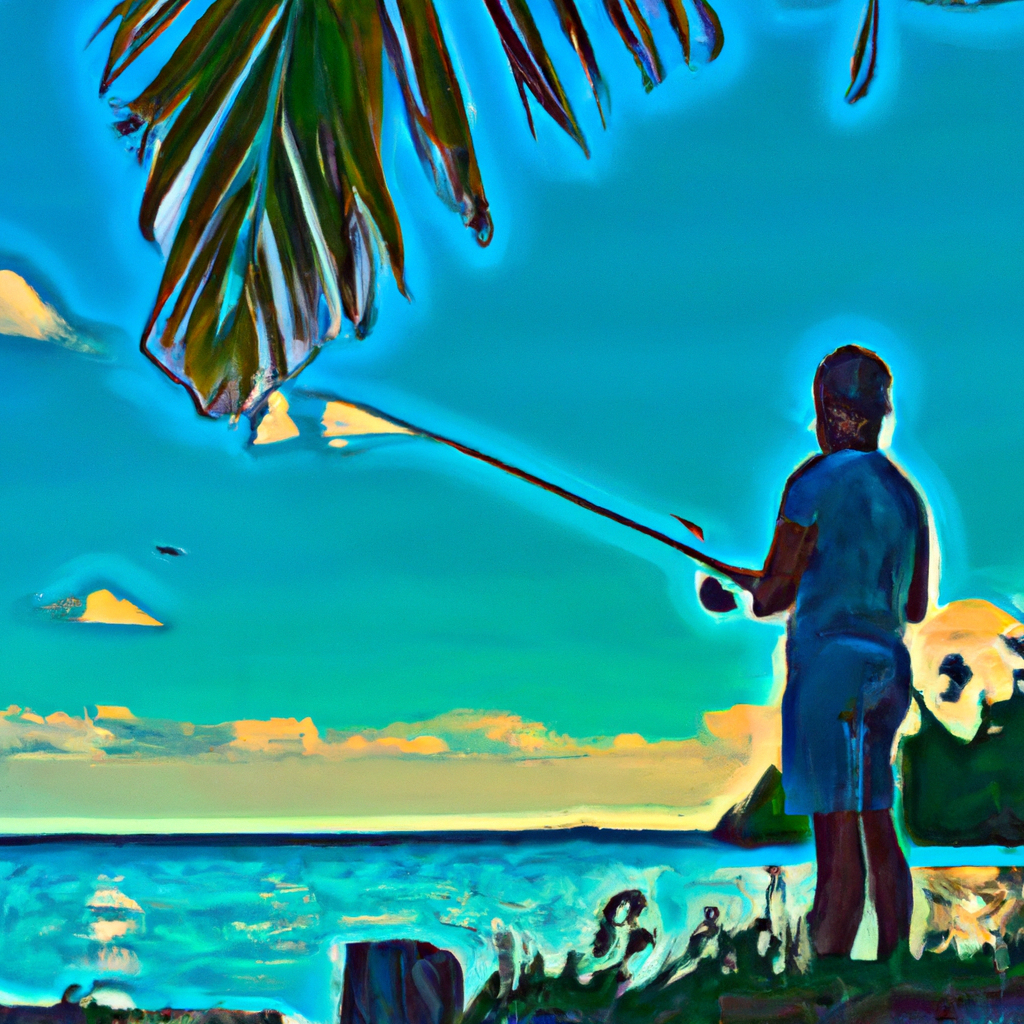
You can maximize your chances of catching tarpon in the afternoon by capitalizing on their feeding patterns. After a morning of rest, tarpon become more active in the afternoon, making it an ideal time to target them.
To capitalize on their feeding habits, it’s important to understand their behavior. Tarpon are known to feed on baitfish and crustaceans, so using live bait such as mullet or shrimp can be highly effective.
Look for areas with structure, such as bridges, docks, or mangroves, where tarpon tend to gather to feed. Pay attention to the tides, as tarpon often feed more aggressively during incoming or outgoing tides.
Evening: The Magic Hour for Tarpon Strikes
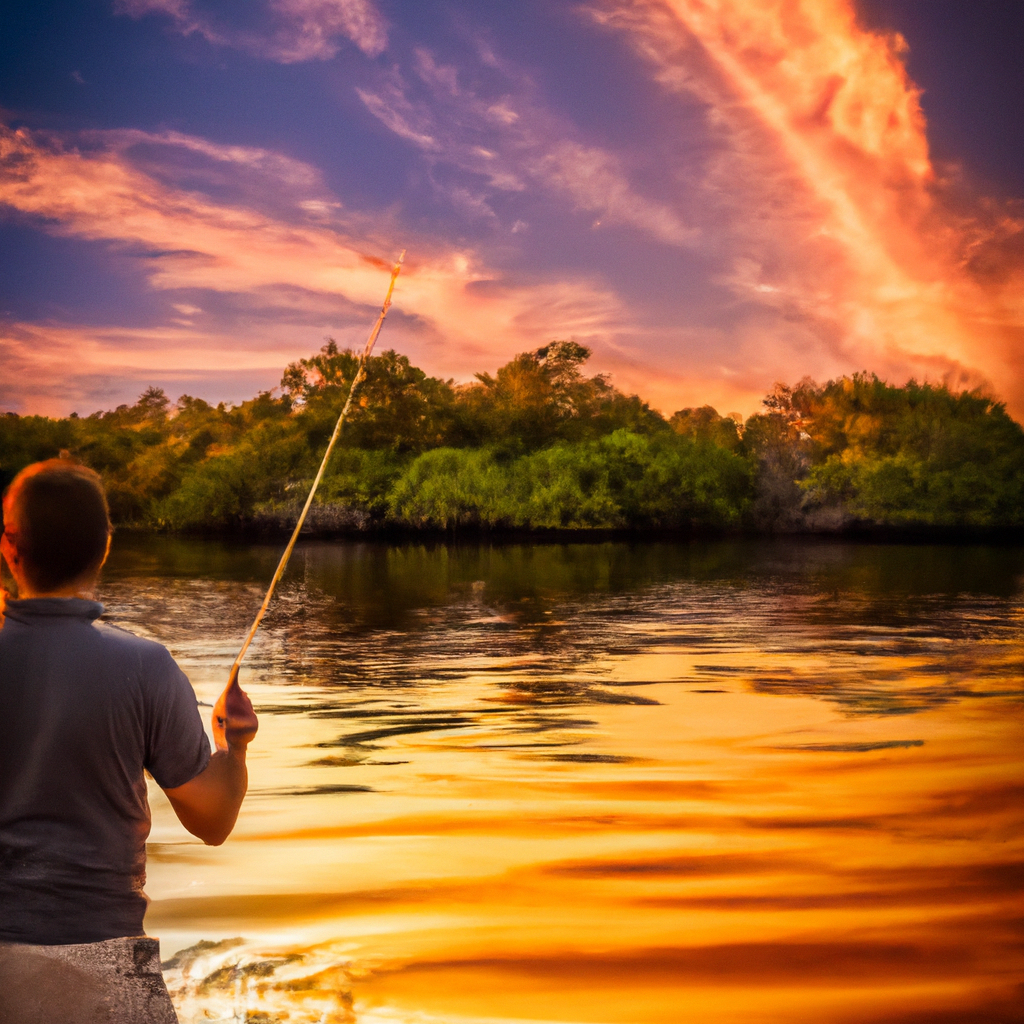
During the evening, tarpon strikes are most likely to occur. As the sun starts to set and the temperature begins to cool, tarpon become more active and aggressive. This is the magical hour for tarpon fishing enthusiasts.
To maximize your chances of a successful strike, it’s important to employ the right tarpon fishing techniques and select the appropriate bait. When it comes to tarpon fishing techniques, it’s recommended to use live bait or artificial lures that mimic the movement of their natural prey. Some popular choices include live mullet, pilchards, or shrimp.
Additionally, using a technique called ‘drifting’ can be effective during the evening. This involves positioning your boat in the path of the tarpon’s feeding patterns and allowing the bait to drift naturally with the current.
Night: Unleashing the Power of Tarpon Under the Stars
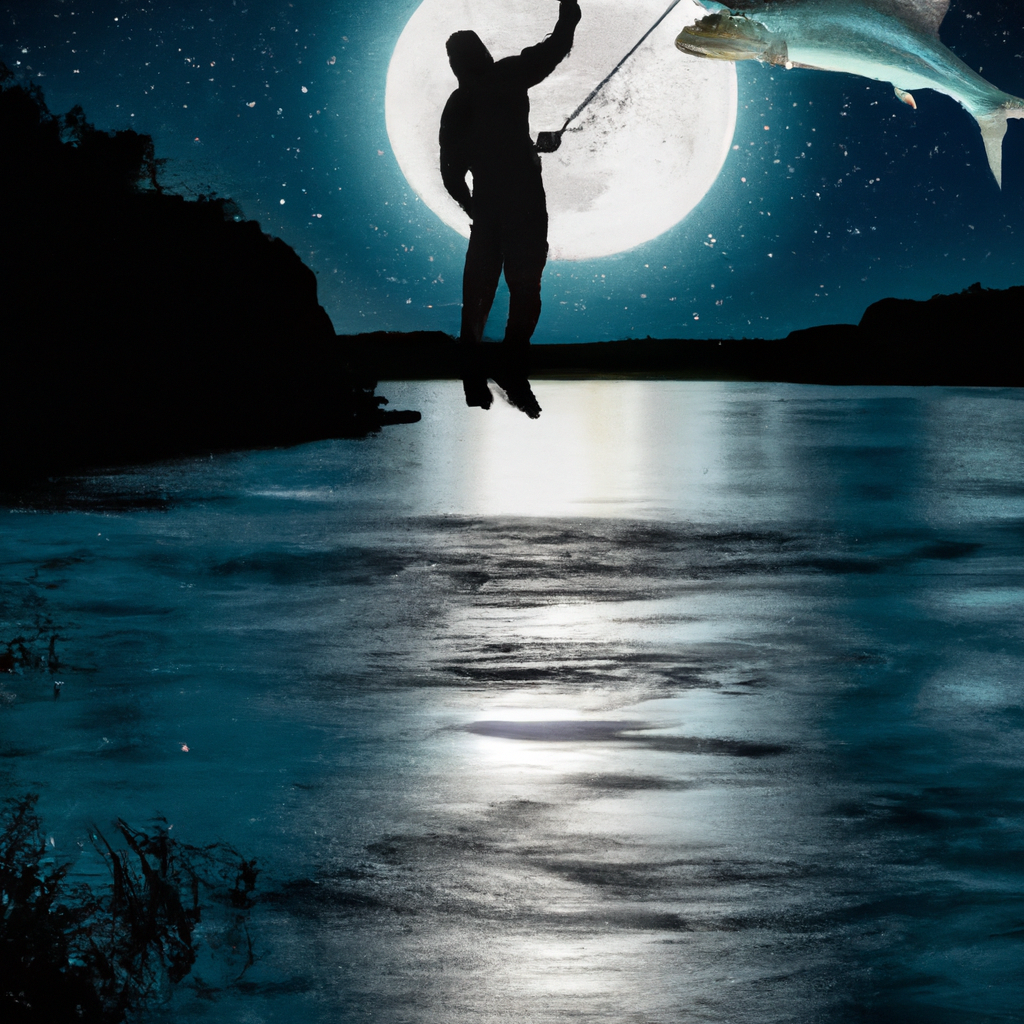
Experience the thrill of tarpon fishing under the stars, as you unleash the power of these magnificent creatures in the darkness of night. Nighttime tarpon fishing is an exhilarating experience that can send adrenaline coursing through your veins. Tarpon are known to be more active and aggressive during the night, making it the perfect time to challenge these mighty fish.
During the night, tarpon engage in nocturnal feeding, taking advantage of the cover of darkness to hunt for prey. This behavior makes them more receptive to your bait and increases your chances of a successful catch. To enhance your experience, consider using glow-in-the-dark lures or flies that can attract their attention.
To truly understand the power of tarpon fishing at night, take a look at the table below, highlighting the key aspects of this thrilling activity:
| Aspects | Description | Emotional Response |
|---|---|---|
| Darkness | Heightens the mystery and excitement of the night | A sense of anticipation and adventure |
| Adrenaline Rush | Unleashing the power of tarpon can generate an adrenaline rush | A surge of excitement and exhilaration |
| Nocturnal Feeding | Witnessing tarpon’s predatory behavior in the dark | A sense of awe and fascination |
Tarpon fishing under the stars offers a unique and unforgettable experience. So, grab your gear, head out into the night, and prepare to unleash the power of these incredible creatures.
Tides and Moon Phases: Unlocking the Tarpon’s Secrets
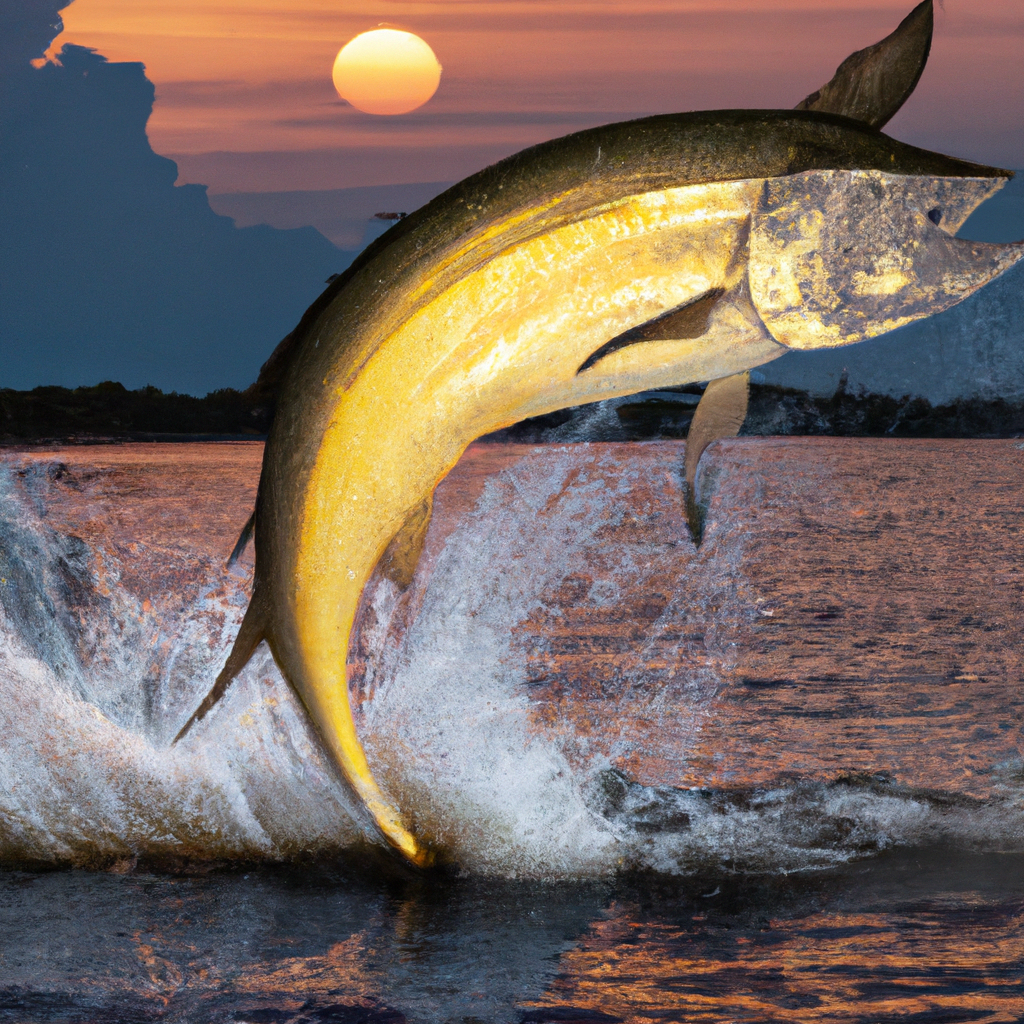
Unlocking the secrets of the tarpon’s behavior, understanding tides and moon phases can greatly enhance your fishing success. When it comes to tarpon fishing, paying attention to the tides and moon phases can make all the difference.
Tides play a significant role in the movement and feeding patterns of tarpon. During incoming tides, tarpon tend to move closer to shore, making them more accessible to anglers. On the other hand, during outgoing tides, tarpon move away from the shore and into deeper waters.
When it comes to moon phases, tarpon are more active during the full and new moons. This is when they feed more aggressively, making it an ideal time to target them.
In terms of tackle selection, using medium to heavy rods and reels with a high line capacity is recommended. As for bait preferences, live bait such as mullet, crabs, and shrimp are highly effective in attracting tarpon.
Frequently Asked Questions
What Is the Best Bait to Use When Fishing for Tarpon in the Morning?
In the morning, the best bait to use when fishing for tarpon would be live mullet or pinfish. These are considered the best lures for attracting tarpon during this time of day.
Are There Any Specific Techniques or Strategies That Can Increase the Chances of Catching Tarpon in the Afternoon?
To increase your chances of catching tarpon in the afternoon, there are specific techniques and strategies you can use. By understanding their behavior and targeting their preferred feeding areas, you can optimize your success.
How Long Does the "Magic Hour" for Tarpon Strikes Typically Last in the Evening?
The ‘magic hour’ for tarpon strikes in the evening can vary, but it typically lasts for a couple of hours. During this time, tarpon feeding patterns are at their peak, increasing your chances of success in tarpon fishing.
What Are Some Safety Precautions to Keep in Mind When Fishing for Tarpon at Night?
When fishing for tarpon at night, it’s crucial to prioritize safety. Ensure you have the necessary equipment, like a bright headlamp and life jacket. Stay alert, watch for obstacles, and let someone know your plans.
How Do Tides and Moon Phases Affect Tarpon Feeding and Behavior Patterns?
To understand how tides and moon phases affect tarpon feeding and behavior patterns, consider the impact of water temperature on their feeding behavior and how weather conditions influence their activity.

